Share the post "Areas in Texas Without Tornadoes (Low Risk)"
During the fall and winter seasons, the winds pick up, and we are reminded of the wild weather and tornadoes Texas has experienced. So it’s best to know the place with a low risk of tornadoes.
Generally, areas in the western and central portions of the state tend to be at a lower risk. This includes El Paso, Fabens, Van Horn, College Station, and Laredo. Let’s look at the risk index to know for sure.
Key Points:
- Areas in western and central Texas tend to have a lower risk of tornadoes.
- Places with historically fewer tornado-related damages include El Paso, Van Horn, and Laredo.
- Other areas with low tornado risk include Huntsville, Presidio, and Midland.
- It’s important to note that no area is entirely free from tornado risk, and preparedness is key.
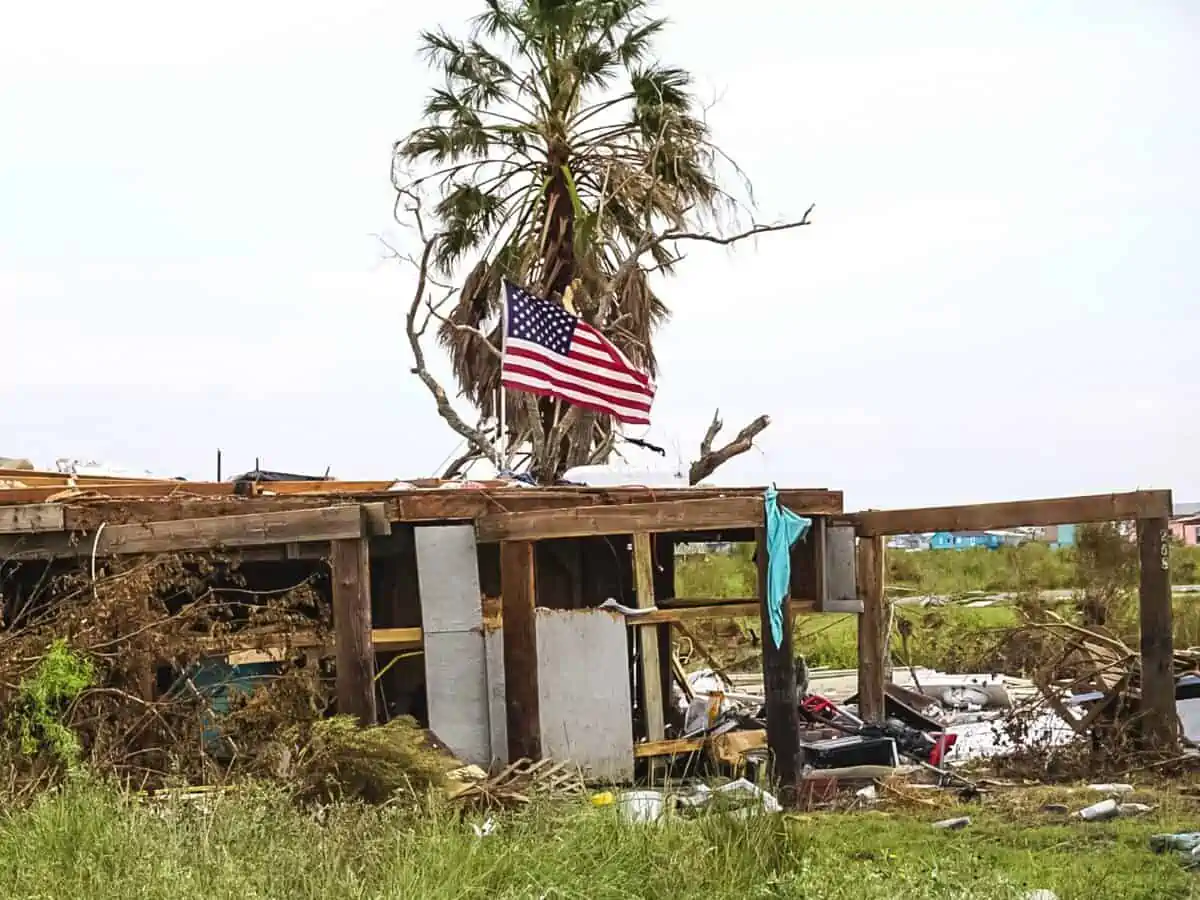
Overview of Tornado Risk in Texas
Tornadoes are a significant weather risk in the state of Texas, which is situated in a region commonly referred to as “Tornado Alley.” This area, including parts of Oklahoma, Kansas, and Nebraska, is particularly susceptible to tornadoes, especially during the spring and early summer months.
However, tornadoes can occur at any time of the year in Texas, affecting both rural and urban areas.
Historical Data and Risk Zones
- Frequency: Texas typically leads the nation in the number of reported tornadoes each year. According to the National Oceanic and Atmospheric Administration (NOAA), Texas has experienced thousands of tornadoes since official records began.
- Intensity: Tornadoes in Texas can vary widely in intensity, from weaker EF-0 and EF-1 tornadoes to the much more powerful and destructive EF-4 and EF-5 events. The 1997 Jarrell tornado, an F5 tornado, was one of the deadliest and most destructive in Texas history.
- Geographical Variation: The risk is generally higher in the northern and northeastern parts of the state, although tornadoes have been recorded in nearly every county. The Panhandle region and the Red River Valley are particularly tornado-prone.
- Seasonality: While spring is the peak season for tornadoes in Texas, they can occur throughout the year. Secondary peaks are often observed in the fall.
- Urban vs. Rural: Tornadoes have been known to hit both urban centers like Dallas-Fort Worth and Houston as well as rural areas. However, due to the vast rural landscapes in Texas, many tornadoes touch down in uninhabited areas.
- Fatalities and Injuries: The state has seen a number of fatal tornado events, with deaths and injuries occurring in varying degrees depending on the size and scale of the tornadoes involved.
Preparedness
Given the high risk of tornadoes, Texas has a well-developed system of tornado preparedness and warning systems, including Doppler radar installations, siren systems in many towns and cities, and a robust emergency management framework. Public awareness campaigns and drills are also conducted regularly to educate residents about safety measures.
Understanding the risks and historical patterns can help Texas residents, and indeed anyone interested in the meteorological aspects of the state, to better prepare for tornado events. It’s crucial to heed warnings, have an emergency plan, and stay informed through reliable sources to mitigate the risks associated with tornadoes.
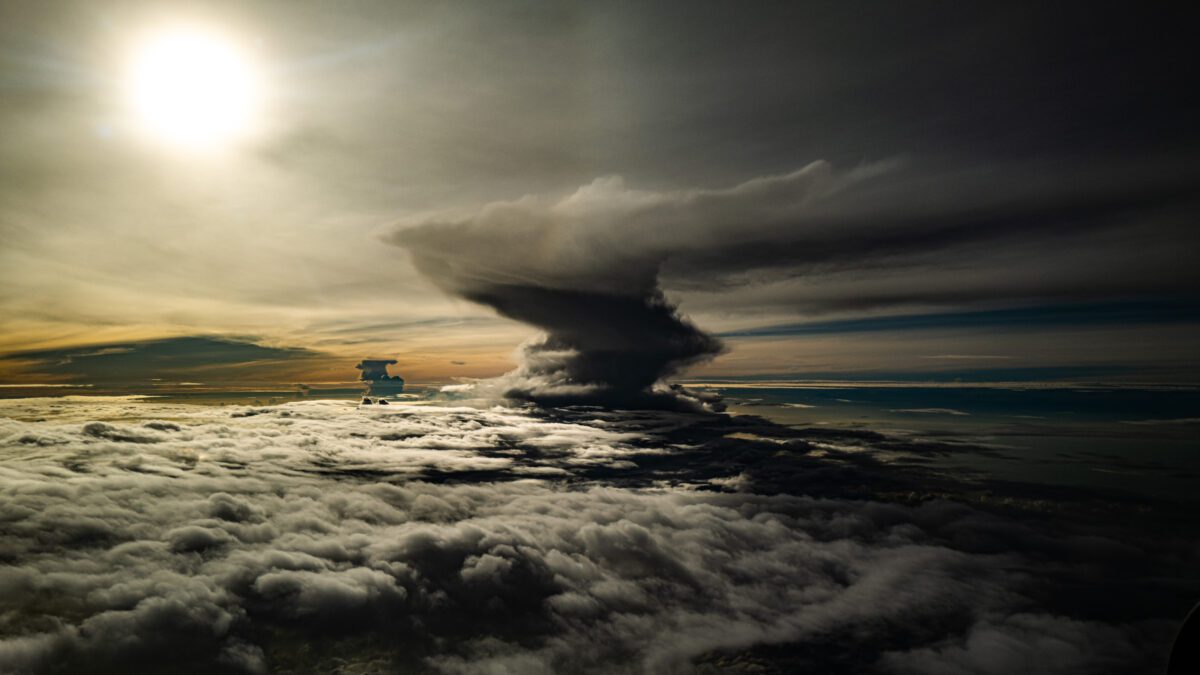
Places in Texas with The Least Damage from Tornadoes
In Texas, tornado risk is a statewide concern, but the degree of risk and the historical incidence of tornadoes can vary considerably depending on geographical and climatic factors. While it’s important to note that no area is entirely free from tornado risk, some places have historically experienced fewer tornado-related damages.
Far West Texas and Mountainous Areas
- El Paso: Located in the westernmost part of Texas, El Paso sees fewer tornadoes compared to other parts of the state.
- Big Bend National Park and Surrounding Areas: The mountainous terrain here makes tornado formation less likely.
- Guadalupe Mountains: Similar to Big Bend, the mountainous conditions are less conducive to tornado formation.
Coastal Areas
- Corpus Christi: Coastal areas like Corpus Christi generally experience fewer tornadoes, although they are at risk for other weather events like hurricanes.
- Galveston: Similar to Corpus Christi, the risk for tornadoes is less compared to inland areas, but hurricanes are a significant concern.
Urban Centers
- Downtown Areas: Although large cities like Houston, Dallas, and San Antonio have experienced tornadoes, the densely built downtown areas are somewhat less prone to significant tornado damage compared to suburban and rural areas.
South Texas
- Rio Grande Valley: Areas closer to the Mexican border, such as McAllen and Brownsville, statistically experience fewer tornadoes.
It’s crucial to note that while some areas have seen fewer tornadoes historically, this does not guarantee future safety. Tornadoes can and do occur unexpectedly in regions where they are less common.
As such, residents should not underestimate the importance of preparedness and awareness, even in areas at lower risk for tornadoes. Always pay attention to weather forecasts and warnings, and have an emergency plan.
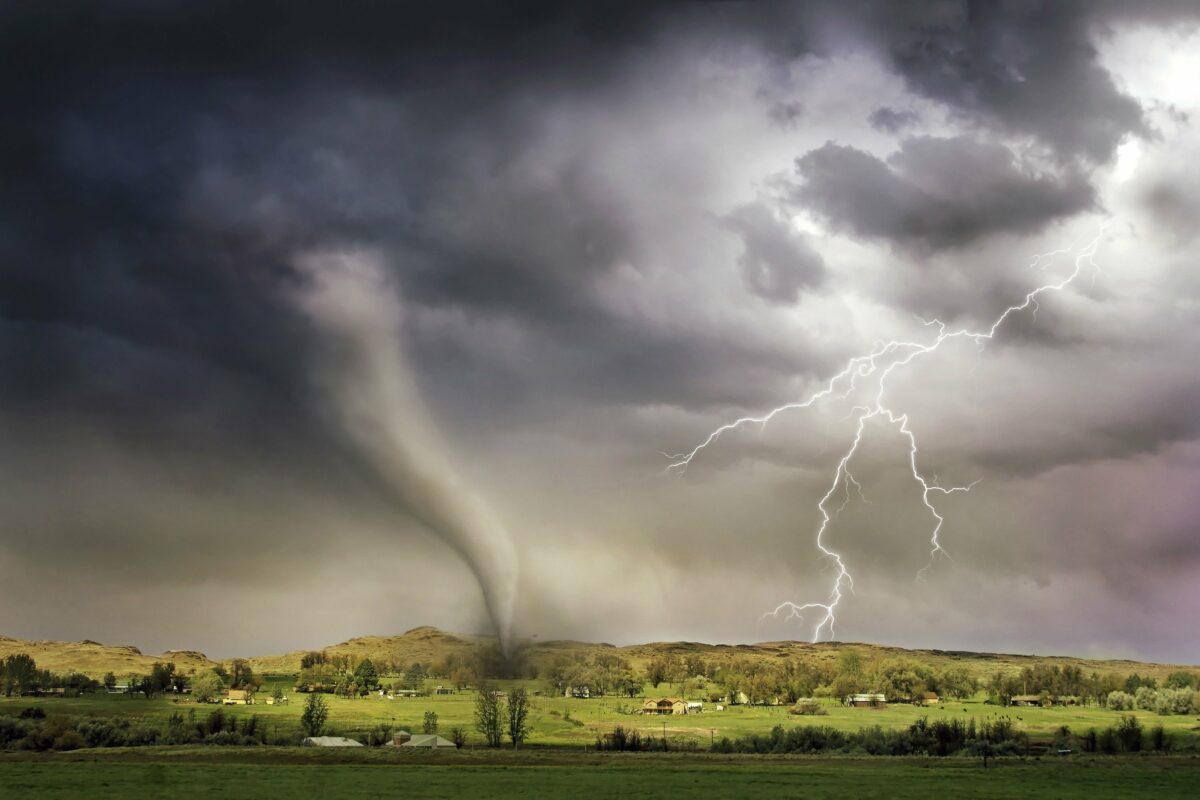
8 Areas in Texas With Low Tornado Risk
It’s hard to say that one place in Texas is fully safe from tornado events. After all, the state witnessed over 9,500 tornadoes between 1950 and 2021. However, looking at some parameters can help you pinpoint areas with a lower risk.
For instance, you’ll need to consider the tornado index, which can help you rank Texan cities according to how often they’re hit with tornadoes. The lower the number, the better!
As a reference, Keene has a whopping tornado index of 417.22, making it a high-risk area. Meanwhile, Presidio’s index is only 0.33. Aside from that, you’ll also want to check the events’ intensity, through aspects like injuries, fatalities, and magnitude.
With all that in mind, let’s look at the top areas to consider.
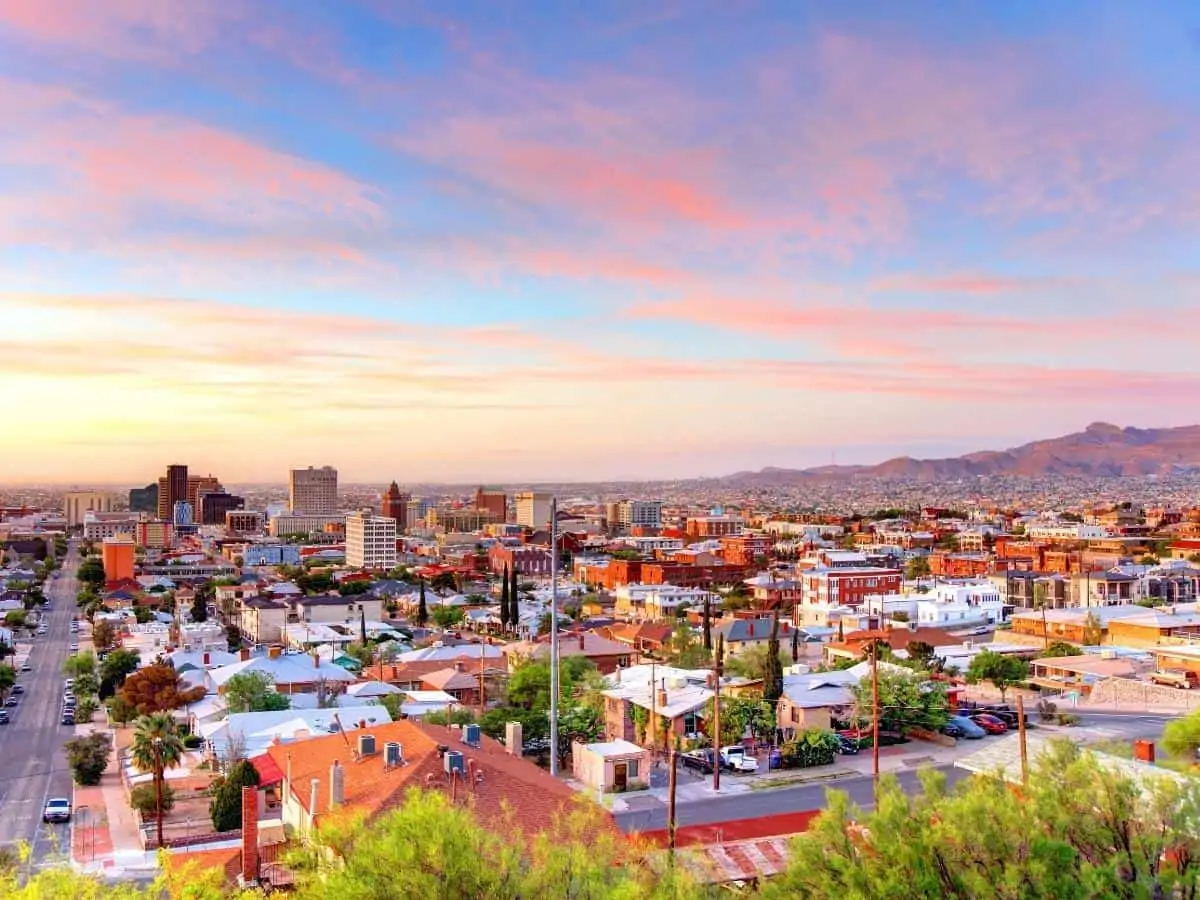
1. El Paso
- Population: 669,771
- Tornado Index: 7.89
El Paso is by far the largest area on our list. This west Texan city is one of the most populated areas in the entire state.
The tornado index in El Paso is significantly lower than the average of both Texas and the entire country. The whole county has only had eight tornadoes since 1950, with the most recent tracing back to 1992.
Therefore, you can enjoy El Paso’s beautiful scenery and cultural attractions with your mind at ease.
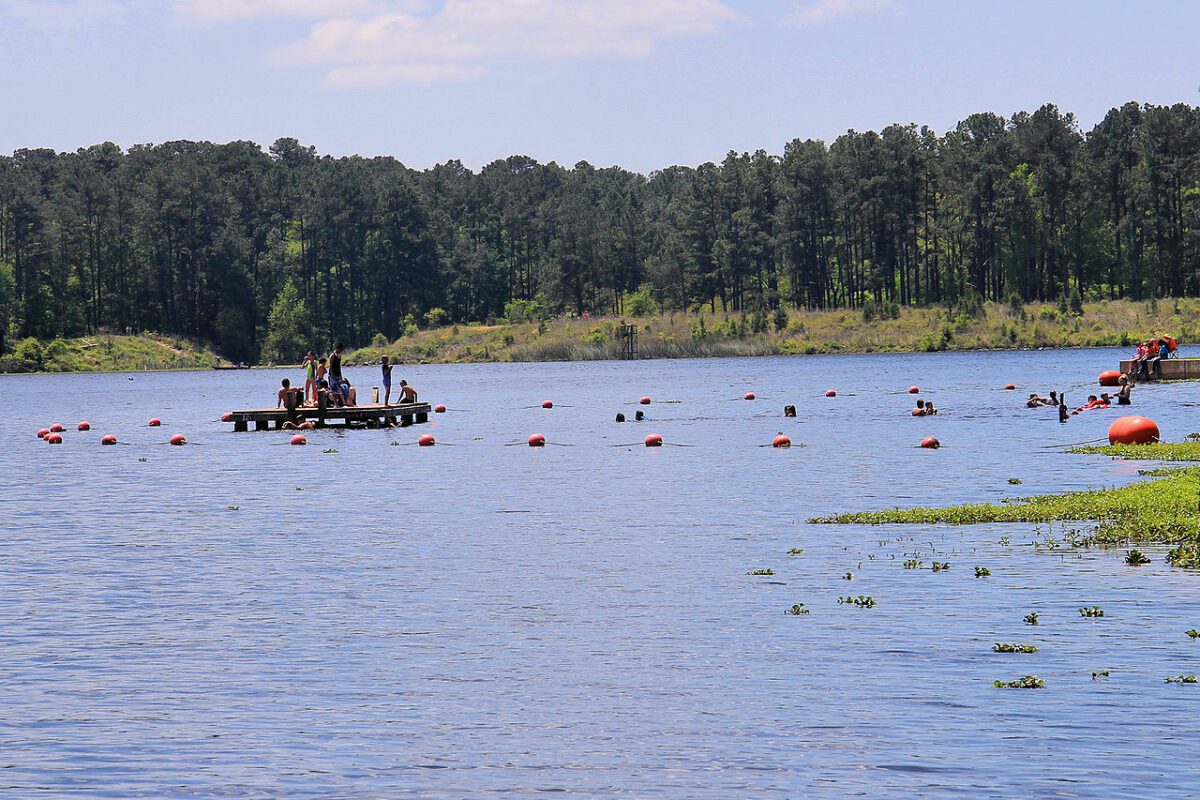
2. Huntsville
- Population: 39,764
- Tornado Index: 113.89
Huntsville is another area of Texas where you’re unlikely to experience a tornado. This small city can be found roughly 70 miles to the north of Houston.
Since it’s seen a tornado as recently as 2021, Huntsville isn’t as safe from tornados as other places on the list. That being said, it’s still a low-risk area. After all, the city has never had a tornado higher than an F3, which came almost six decades ago.
On the plus side, Huntsville has no shortage of attractions, from art galleries to festivals. This, besides its lack of extreme weather, makes it a great place to visit.
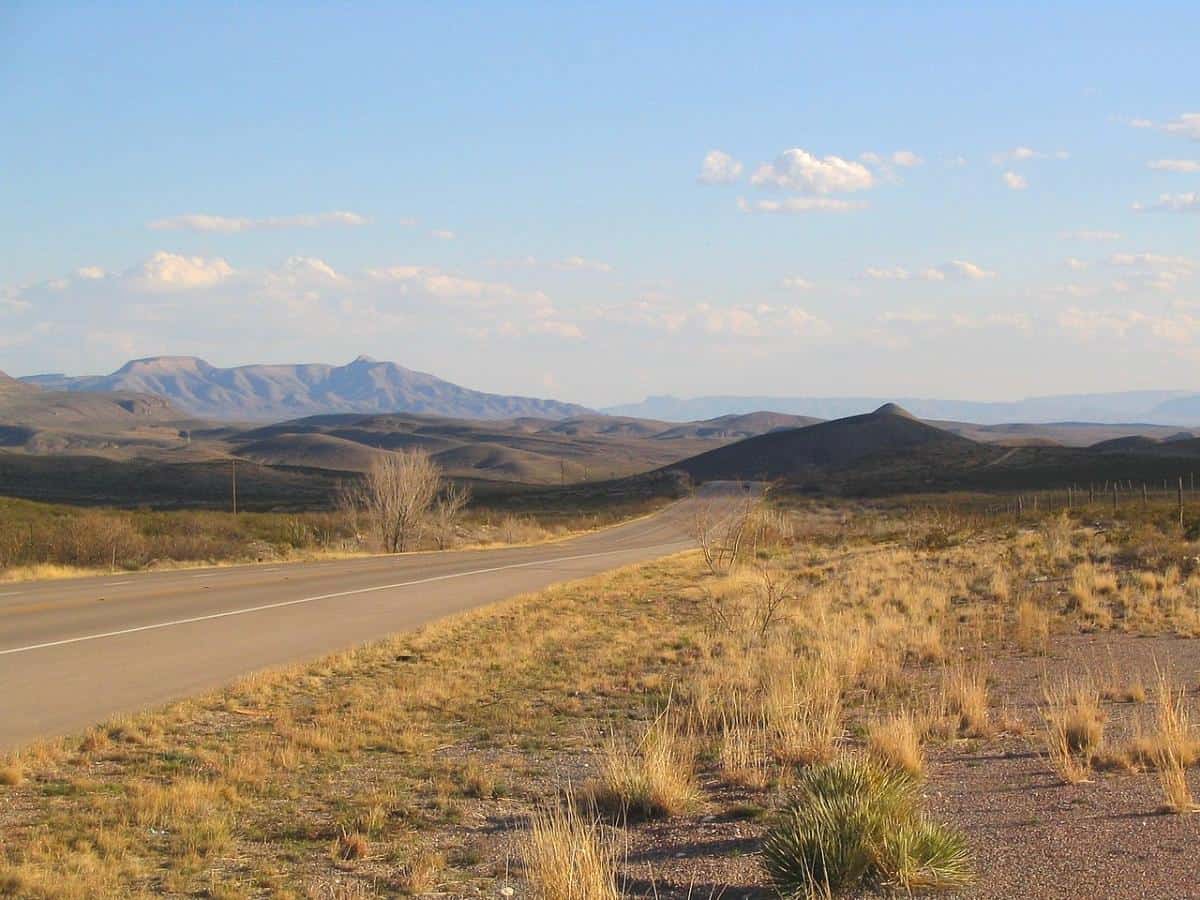
3. Van Horn
- Population: 2,264
- Tornado Index: 2.49
With an area of less than three square miles, the tiny town of Van Horn comes in as the smallest entry on our list. This Culberson County town is one of the safest areas from tornadoes in the whole state.
Van Horn has only had two tornadoes in the past six decades, the last of which was an F0 that occurred in 2007.
So, when you’re taking in the dazzling scenery of the Guadalupe Mountains National Park, rest assured that you have nothing to worry about in terms of natural disasters.
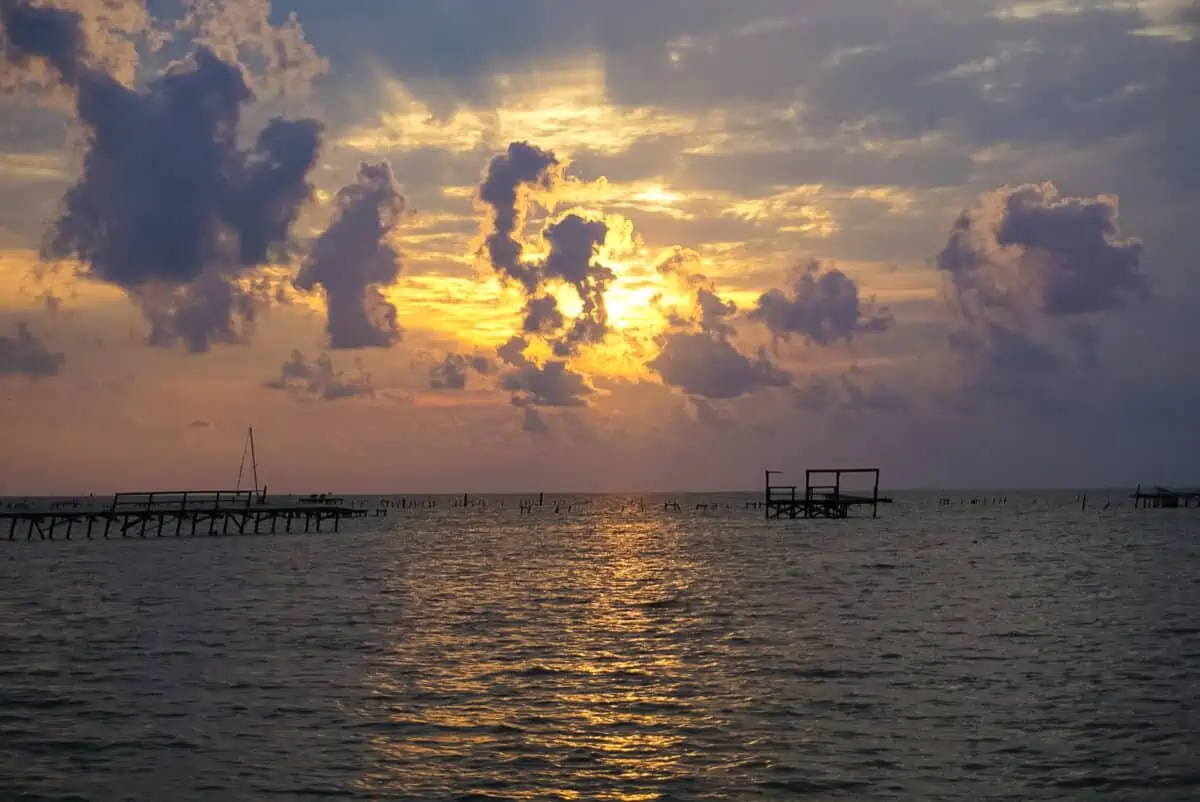
4. Laredo
- Population: 245,048
- Tornado Index: 8.57
Laredo is the second largest city in this guide. The risk of tornadoes in this city is extremely low, with its most recent one dating back over 40 years ago. The strongest tornado that Laredo has ever experienced was an F2 one that hit the city in 1961.
Since statistics started being tracked in 1950, no one has ever died or been injured as a result of a tornado in Laredo.
So, if you’re looking for a Texan city with safe weather and a variety of things to do, look no further than the city of Laredo.
Make sure to visit the La Casa Blanca International State Park and the Rio Grande Museum while you’re there. You can also go on a shopping spree at Mall Del Norte.
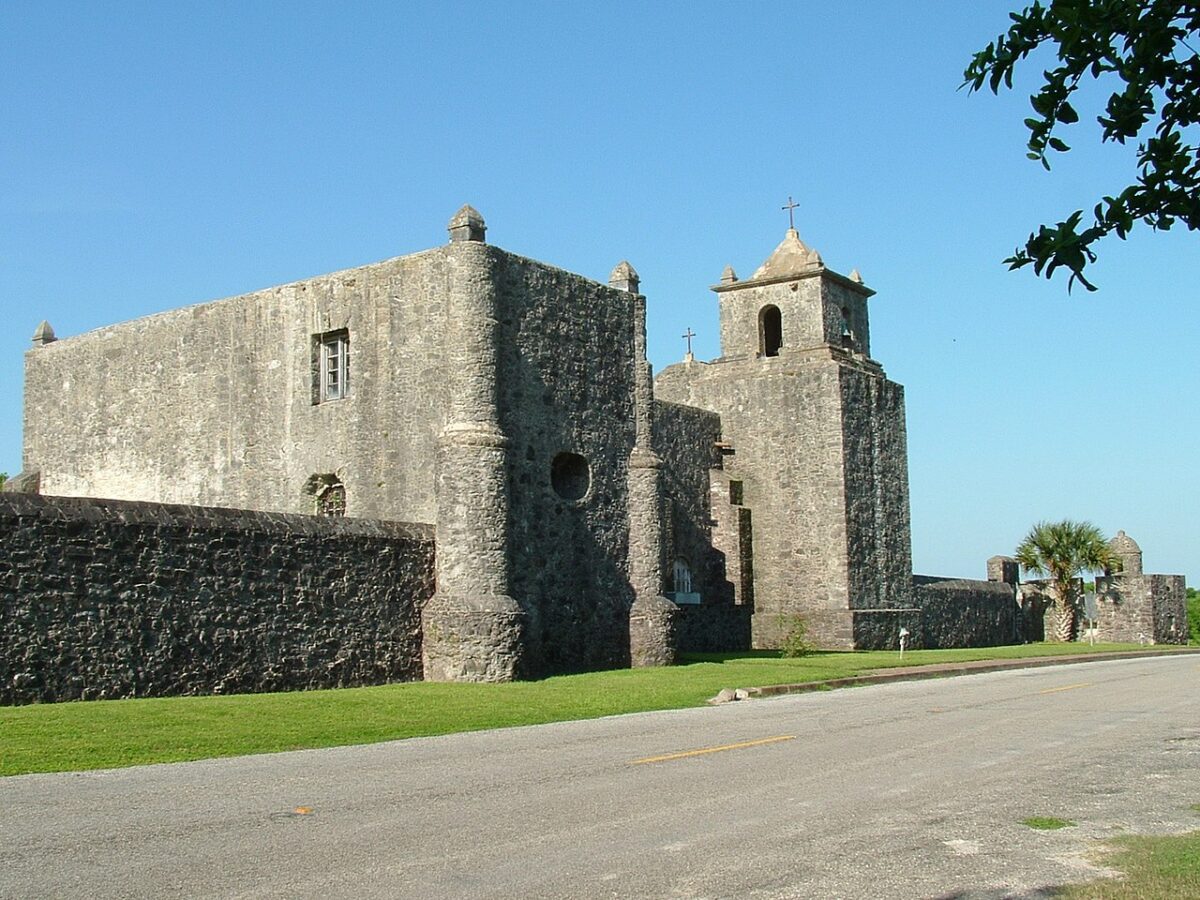
5. Presidio
- Population: 4,237
- Tornado Index: 0.33
The small city of Presidio can be found along the banks of the Rio Grande River. As it happens, this area has the lowest tornado risk on this list.
This is why many people flock to Presidio to enjoy the stunning natural scenery of Big Bend Ranch State Park as well as the city’s beautiful scenic drives.

6. Midland
- Population: 119,409
- Tornado Index: 122.07
Another Texan city with a considerably low risk of tornadoes is Midland. This city is also significantly more populated than most of the ones on this list.
Virtually all of the tornadoes that Midland has experienced since 1950 have been of F0 and F1 magnitudes. Plus, they were mild enough to only cause a total of only 14 injuries and zero deaths over the past 70 years.
If you ever get the chance, make sure to visit the nationally famous Wagner Noel Performing Arts Center for all kinds of plays, shows, and concerts.
7. Fabens
- Population: 8,282
- Tornado Index: 6.16
With only four tornados ever hitting it since 1950, Fabens is a place where you can live with your mind at ease when it comes to natural disasters.
Even when tornadoes have occurred in Fabens, they’ve never exceeded a magnitude of F1 and never resulted in any injuries or deaths. Interestingly enough, three of the four tornadoes that hit the city all occurred in the same year, 1992.
If you’re ever in Fabens, make sure to feast your eyes on the city’s chapels and museums.

8. College Station
- Population: 98,505
- Tornado Index: 133.78
College Station may not be as sheltered from tornadoes as other areas on this list, but it’s still pretty safe.
Even though the city has had over 80 tornadoes since 1950, the ones that came after the turn of the century have mostly been F0 or F1 tornadoes. These tornadoes have resulted in nine injuries and zero fatalities in the past 22 years.
So, if you’re considering sending your child to college at Texas A&M, rest assured that they’ll be safe from natural disasters while getting a top-quality education.
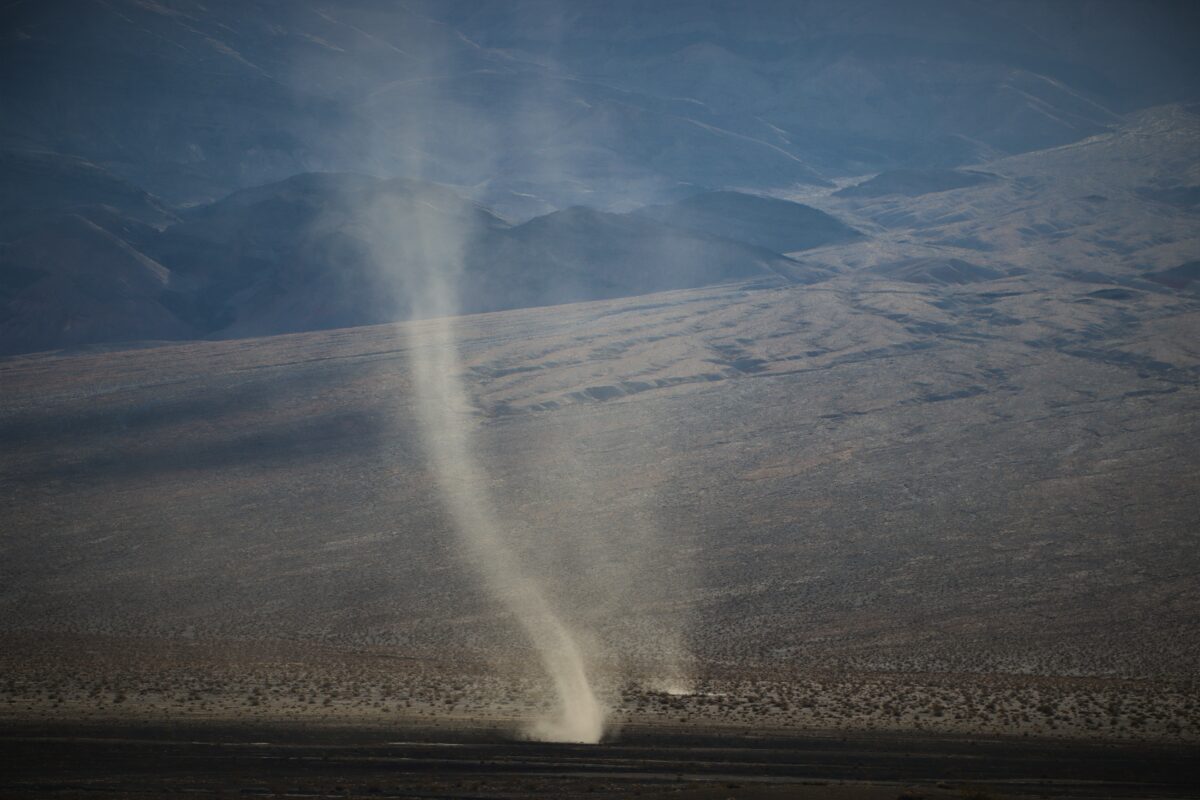
Table of All Major Tornadoes that Happened in Texas
Below is a simplified table outlining major tornadoes that have impacted Texas over the years. These tornadoes are generally classified as “major” based on their severity, fatalities, injuries, and property damage. This list is not exhaustive but highlights some significant events:
| Date | Location | EF Rating | Fatalities | Injuries | Property Damage ($) | Remarks |
|---|---|---|---|---|---|---|
| 05/11/1953 | Waco | F5 | 114 | 597 | 41 million | One of the deadliest tornadoes in U.S. history |
| 04/10/1979 | Wichita Falls | F4 | 42 | 1,800 | 400 million | Known as “Terrible Tuesday” |
| 05/27/1997 | Jarrell | F5 | 27 | 50 | 20 million | Extreme destruction, multiple fatalities |
| 12/26/2015 | Dallas area | EF4 | 10 | 58 | 1.2 billion | Occurred day after Christmas |
| 04/03/2012 | Dallas-Fort Worth | EF3 | 0 | 29 | 300 million | Widespread damage, no fatalities |
| 05/15/2013 | Granbury | EF4 | 6 | 100+ | 100 million | Significant residential destruction |
| 05/11/1970 | Lubbock | F5 | 26 | 500+ | 250 million | Severe destruction in Lubbock |
| 04/25/1990 | Plainview | F4 | 1 | 13 | 21 million | High damage, one fatality |
| 05/22/1987 | Saragosa | F4 | 30 | 121 | 1.5 million | Small town almost completely destroyed |
| 04/21/1967 | Dallas | F3 | 10 | 216 | 30 million | Oak Cliff area severely affected |
Notes on the Table:
- Date: The date the tornado occurred.
- Location: The town, city, or region where the tornado landed.
- EF Rating: The rating is based on the Enhanced Fujita scale, ranging from F0/F1 to F5 for older tornadoes and EF0 to EF5 for newer ones.
- Fatalities: The number of confirmed deaths caused by the tornado.
- Injuries: The number of injuries reported.
- Property Damage ($): An estimate of the total property damage, usually in U.S. dollars.
- Remarks: Additional comments or significant details about the event.
Please note that the property damage figures are estimates and may be adjusted for inflation when comparing across years. This table is meant to provide a snapshot of some major events but does not cover all significant tornadoes in Texas history. For a complete and detailed record, official databases like those maintained by NOAA and the SPC should be consulted.
Share the post "Areas in Texas Without Tornadoes (Low Risk)"
Christian Linden is a seasoned writer and contributor at Texas View, specializing in topics that resonate with the Texan community. With over a decade of experience in journalism, Christian brings a wealth of knowledge in local politics, culture, and lifestyle. He holds a Bachelor's degree in Communications from the University of Texas. When he's not writing, Christian enjoys spending weekends traveling across Texas with his family, exploring everything from bustling cities to serene landscapes.











